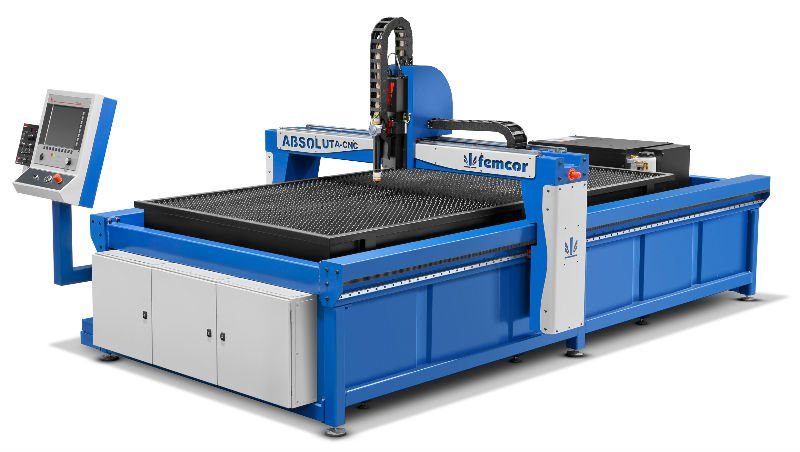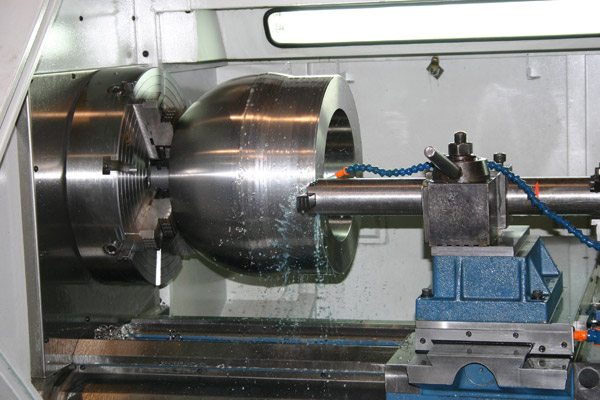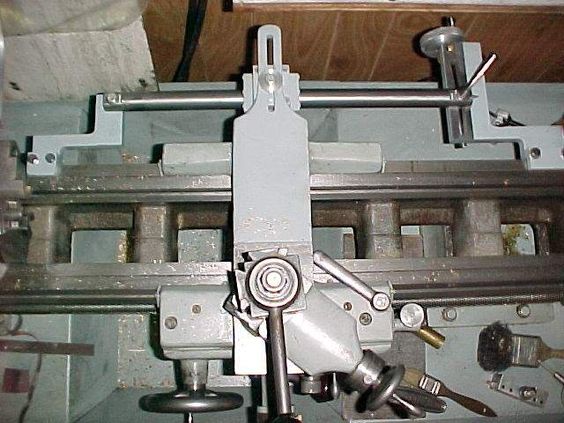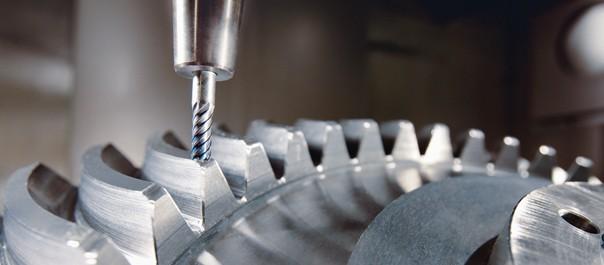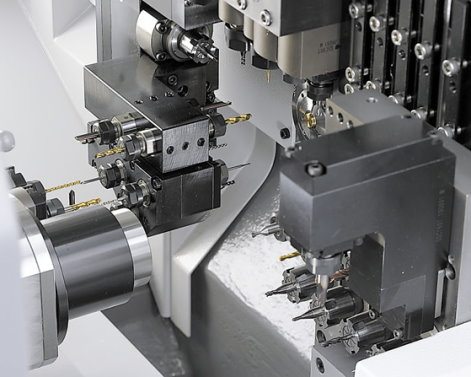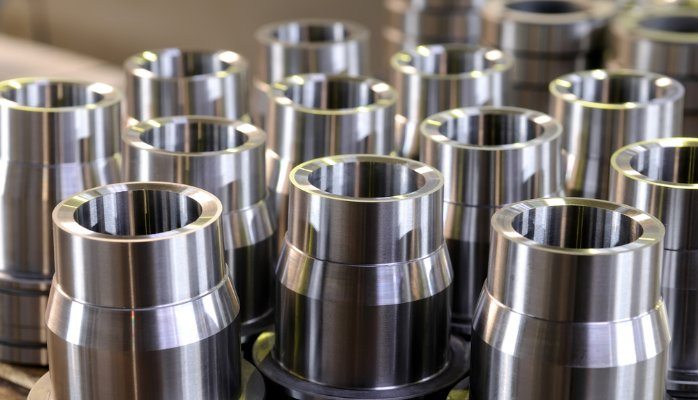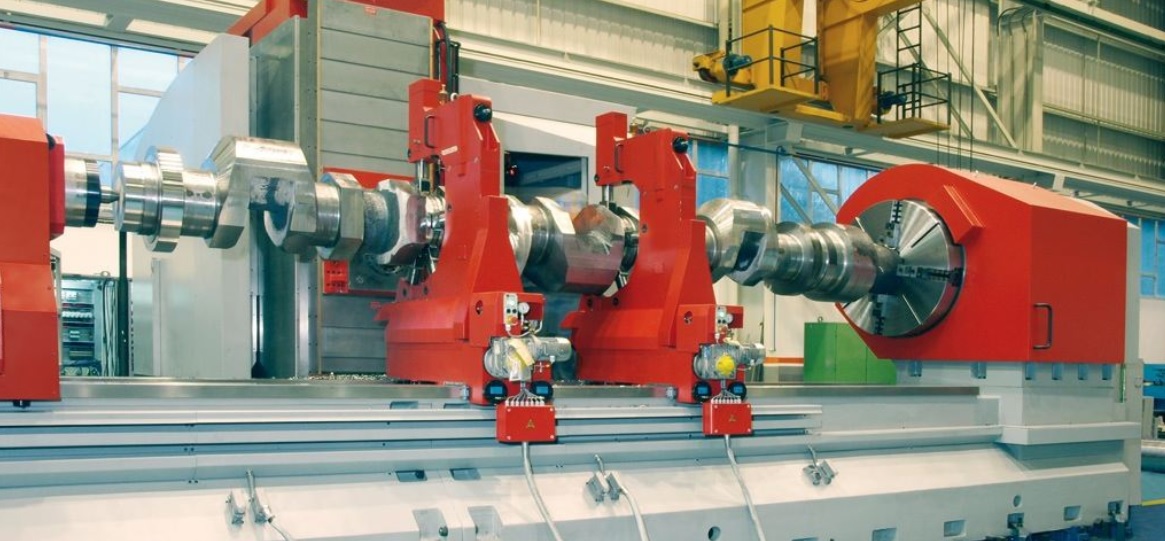CNC Cutting Tools: Categories and Features
CNC cutting tools can be divided into two main groups: traditional tools and modular tools. Modular tools are the tools of progress. The chief benefits of modular tools include reducing tool modification downtime, developing production and processing time, speeding up tool alteration and installation time, reducing the cost of small batch production, and developing the [...]

